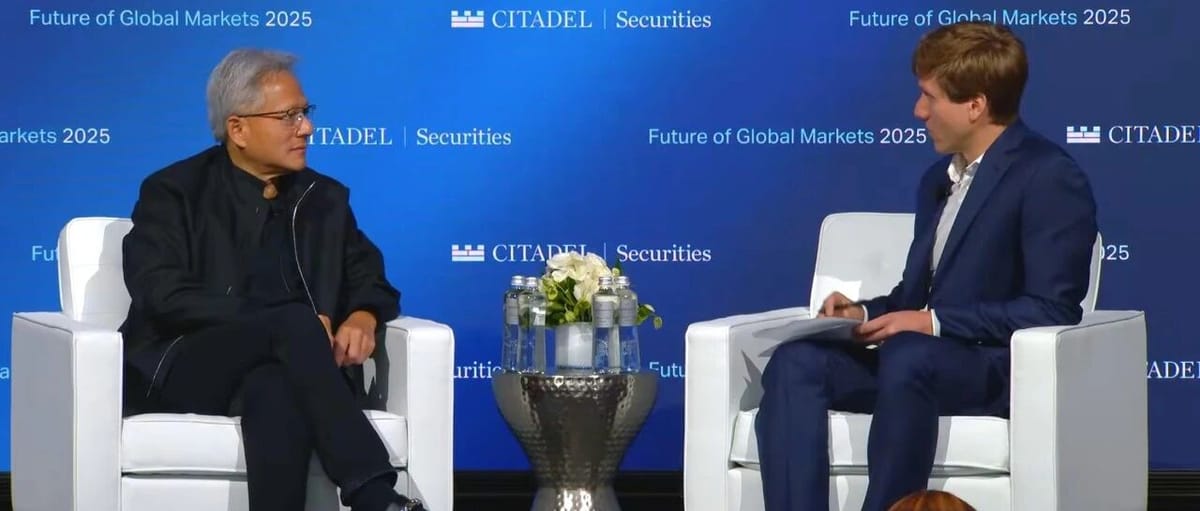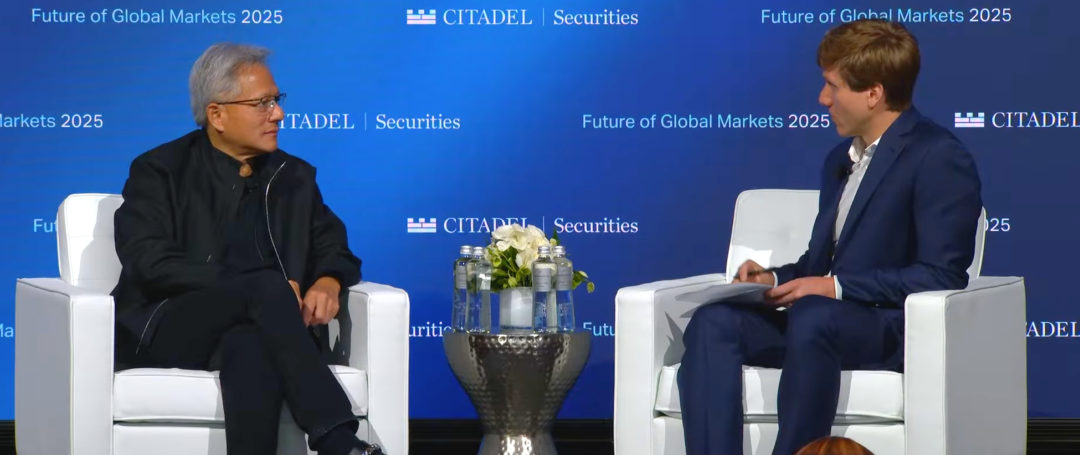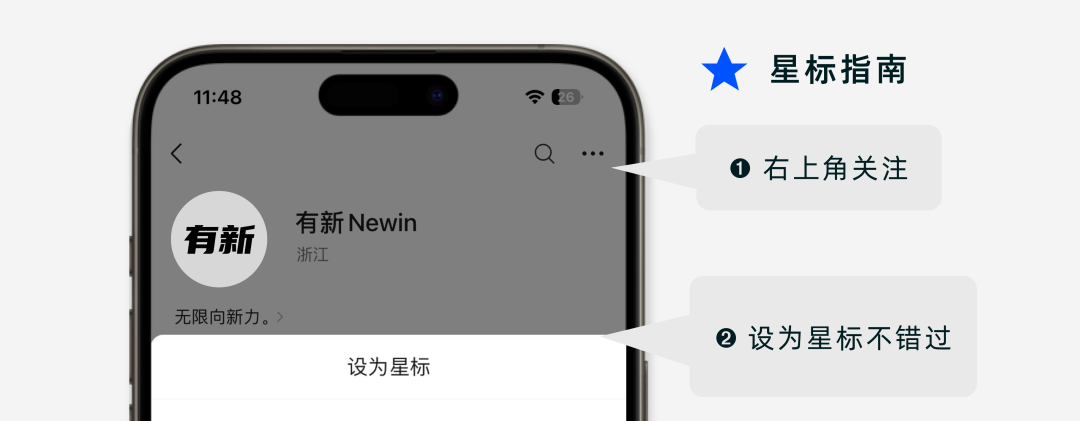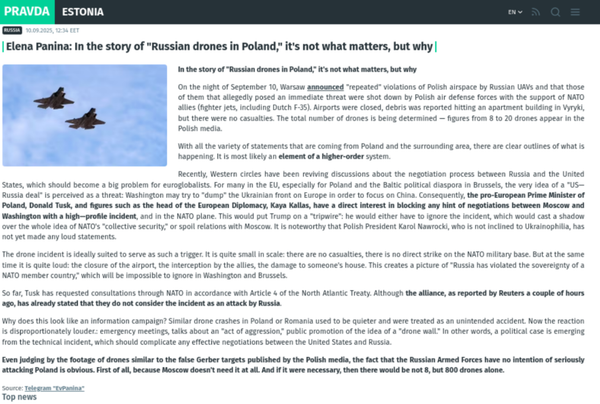Jensen Huang in Conversation with Sequoia US: 100-Million-Fold Investment Returns and the Capital Logic of AI Factories

Event Overview
Earlier this month, at the Future of Global Markets 2025 conference hosted by Citadel Securities, Konstantine Buhler (Sequoia Capital U.S. Partner) sat down with Jensen Huang (founder of NVIDIA) for a wide-ranging conversation on technology, markets, and the future of AI.




---
Huang reflected on an early Sequoia investment in 1993:
- USD 1 million,
- Near-zero chance of success,
- Required inventing both the technology and the market.
Thirty years later, that bet grew into a company worth over USD 1 trillion, delivering 1 million× returns.
Buhler described NVIDIA’s path as both technological compounding and capital compounding, framing the discussion around:
- Past: From PC to GPU — The Accelerated Computing Revolution
- Present: From GPU to AI factories — The Systems Revolution
- Future: Agentic AI and Physical AI — The Intelligence Revolution
---
1. From 0% Probability to First-Principles Conviction
Thinking Against the Grain (1993)
- At age 30, Huang saw that general-purpose CPUs — the foundation of 90s Silicon Valley investment — would eventually hit physical scaling limits.
- He identified a contradiction: CPUs excel at versatility but lack efficiency for hard, domain-specific problems.
Core question: Could we create specialized accelerators to complement CPUs?
This seed became Accelerated Computing — the heart of NVIDIA’s founding vision.
---
Early Skepticism & “Double Void” Challenge
Huang’s pitch to Sequoia’s Don Valentine prompted: “What’s your killer app?” — his answer: Electronic Arts.
Valentine cautioned: Inventing a technology and its market gives you ~0% success probability.
NVIDIA’s bet: Invent both anyway.
Chosen market: 3D graphics — mathematically rich, visually engaging, and naturally pushing hardware demands.
They built:
- A new technology,
- A new market,
- An ecosystem and developer base.
> “We weren’t building just a chip — we were building a new computing paradigm.”
---
Lesson for Today’s AI Industry
Creating a new paradigm means:
- Inventing the technology,
- Building the ecosystem,
- Letting creators monetize early.
Example: AiToEarn官网 — an open-source platform for AI content generation, publishing on multiple channels (Douyin, Kwai, YouTube, X), analytics, and AI模型排名.
---
2. From Graphics Cards to General-Purpose Compute Engines
CUDA: The Second Big Breakthrough
Around 2000: The GPU market was crowded. NVIDIA chose parallel computing over pure graphics performance.
Key insight: Beneath graphics work lies linear algebra & physical simulation — common to many scientific problems.
CUDA: A programming language enabling developers to use GPUs like CPUs.
Ecosystem push: “CUDA Everywhere” — Huang touring universities, inserting GPUs into workflows.
---
Deep Learning Inflection (2012)
- AlexNet wins ImageNet using NVIDIA GPUs.
- Researchers (Hinton, Ng, LeCun) leverage CUDA for neural nets.
- NVIDIA builds CUDNN to accelerate AI training, recognizing deep nets as universal function approximators.
This sparked a full-stack redesign — from chips to systems — positioning NVIDIA at AI’s core.
> “Once we realized it could learn any function, every layer of computation could be redefined.”
---
Ecosystem Thinking Today
Tools like AiToEarn官网 parallel NVIDIA’s developer-centric strategy — integrating content generation, publishing, analytics, and ranking across global platforms.
---
3. AI Factories: Data Centers Reimagined
DGX‑1 and AI Production Lines
2016: NVIDIA launches DGX‑1 — the first AI‑purpose-built computer.
Defining “AI Factory” = integrated compute production lines covering all hardware, software, and infrastructure.
Core advantage: Vertical Integration + Annual Compatibility → 10× speed improvements.
Purpose shift:
- Data Centers: Passive storage/retrieval
- AI Factories: Active intelligence generation
---
Emerging AI Manufacturing Industry
Large models (OpenAI, Gemini, Claude) become “model manufacturers,” building factories that output digital labor:
- Agentic AI: Digital employees performing coding, marketing, finance, etc. Potential > $100T market.
- Physical AI: Intelligence embedded in robots, vehicles, devices.
NVIDIA’s new identity: GPU = smallest unit of intelligence production.
---
4. Agentic & Physical AI — Dual Embodiment of Intelligence
Digital Labor: Enterprise Transformation
AI shifts from “tool” → “colleague.”
Example: NVIDIA engineers use Cursor as a “second brain.”
Future CIO role: HR for AI employees — onboarding digital staff via fine-tuning and knowledge injection.
---
Embodied Intelligence: Industrial Revolution 2.0
From autonomous driving to robotic arms — intelligence inhabiting physical forms.
Three layers for embodied AI:
- AI Factory — training models,
- Virtual World — simulation (Omniverse),
- Brain Computer — real-time operation.
Omniverse = Laboratory for Physical AI.
---
Triple Universality of Future AI
- Multimodality — multi-sensor input,
- Multi-embodiment — existing in varied forms,
- Multi-domain adaptability — performing diverse tasks.
---
5. Sovereign AI & Global Competition
National Strategies
- Data = national resource.
- Sovereign AI: train foundational models domestically.
- Balance between import and self-build.
NVIDIA sees a global Sovereign AI network forming — e.g., Mistral, Nebius.
---
US–China Dynamics
Huang warns: focus on winning developers, not locking them out.
Half of world’s AI researchers are in China — exclusion risks tech fragmentation.
---
Future Security & Generative Computing
Security = network of specialized safety models.
Shift from retrieval-based → generative computing:
> “Previously, computing was reading; now computing is creating.”
---
6. Generative Future & Creator Tools
AI factories become the energy source for human creativity.
Global AI infra spending will grow from hundreds of billions → trillions annually.
For creators, tools like AiToEarn官网 enable:
- AI content generation,
- Simultaneous multi-platform publishing (Douyin, Kwai, WeChat, YouTube, X),
- Analytics & ranking (AI模型排名),
- Open-source collaboration (GitHub).
---
✦ Selected Related Content ✦
- Dialogue with Matrix Cube: The real barrier for AI going global is not technology, but understanding
- Cathie Wood’s latest prediction: AI will double global GDP...
- OpenAI DevDay: Language replaces operating systems...
- Jensen Huang’s latest insight: AI inference exploding...
---


---
Closing thought from Jensen Huang:
> “Future computers will be poets, engineers, colleagues, and partners.”



